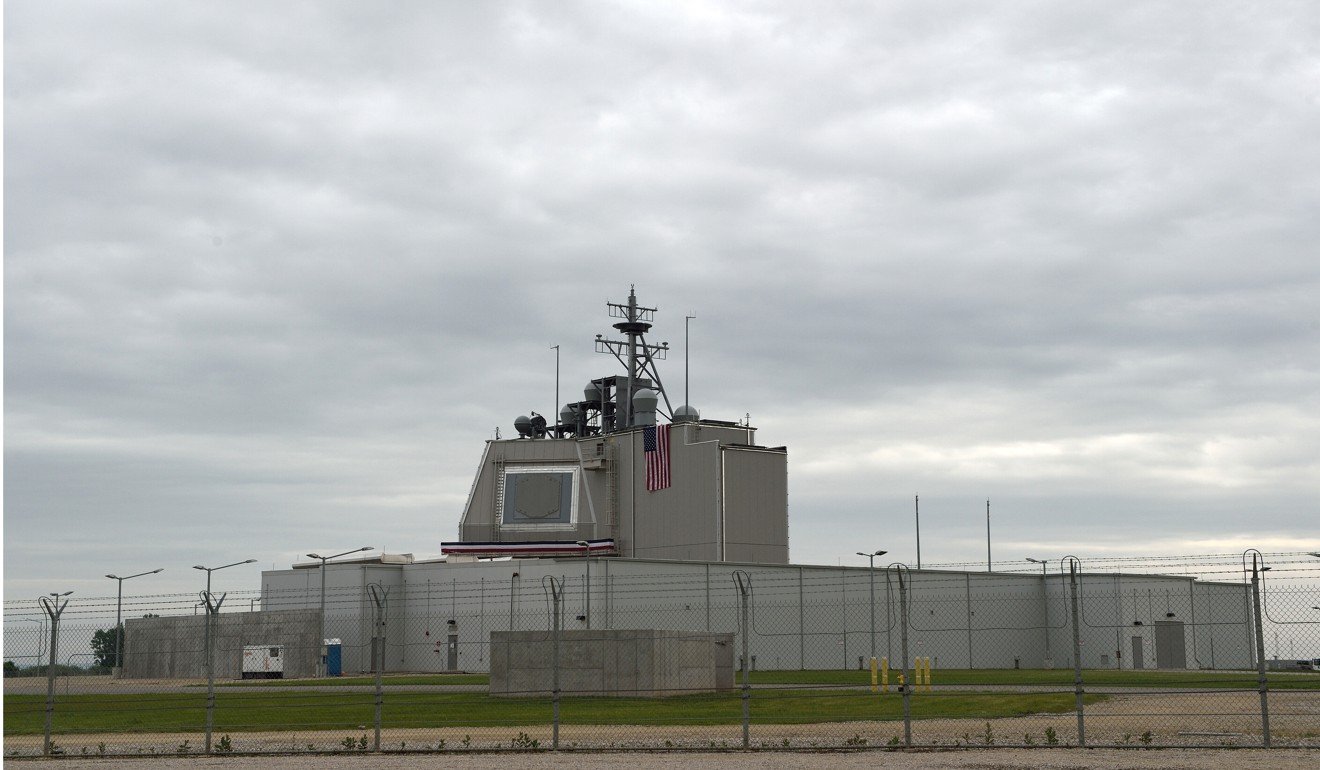
Why the Pentagon bought Romania a ‘cheap and cheerful’ hatchback
- A Transylvania base hosting a missile system, the US navy headquarters in Italy and ex-defence secretary James Mattis are all apparently linked to the odd deal
Nobody at the Pentagon can quite understand why US taxpayers bought a Dacia Sandero Stepway 2 for the Romanian defence ministry, but it is apparently one of those things allies do to smooth relations.
It is a mystery because the Dacia is not a fighter jet, a missile system or a tank. It is a small hatchback, described by one car reviewer as “cheap and cheerful”.
Former defence secretary James Mattis, who left his job with the arrival of the new year, approved the US Navy spending US$2.9 million from a fund for “extraordinary expenses” to pay local contractors to build a perimeter road around a base in Romania that houses the US’s top ground-based missile defence site in Europe – and to foot the bill for the car along the way.

“I believe that the payment will avoid harm to international relations between the US and Romania as well as adverse public opinion,” Mattis wrote defence lawmakers in October to tell them that the previously undisclosed expenditure would be made on November 19.
Former Pentagon Comptroller Mike McCord said it is “unusual, regardless of funding source, I believe, to use US funds to buy a vehicle for a host nation on host nation soil, as opposed to the more understandable case where we might buy a vehicle to support a coalition partner in a theatre of operations like Afghanistan”.
The payment to Romania’s Ministry of National Defence covered funds that navy personnel with US Naval Forces-Europe-Africa headquarters in Naples, Italy, erroneously obliged in 2016 and 2017 without proper authority. Payment was stopped before those funds were transferred.
The Romanian payment is little more than a rounding error for a department responsible for the lion’s share of the US$716 billion national security budget that Congress approved for this financial year. Yet it shows the sometimes small and mundane steps that Mattis has taken to strengthen bonds with allies, in this case a Nato member that hosts a US weapons system.

In his resignation letter to President Donald Trump, Mattis indicated the president has slighted those relations, writing that “our strength as a nation is inextricably linked to the strength of our unique and comprehensive system of alliances and partnerships”.
The US$2.9 million went primarily for work to design and construct a 12.4km (7.7 mile) perimeter road at the Deveselu military base in southern Romania.
It is occupied jointly by navy support personnel and Romanian forces and is the site of the US Aegis Ashore Missile Defence installation intended to intercept Iranian missiles fired at Europe.
Pentagon spokesman Eric Pahon referred comment to the navy. Captain John Perkins, a spokesman for the command in Naples, said officials last year asked the navy secretary to approve the funds using the service’s “emergency and extraordinary expense authority as the appropriate means to make this payment” because “the perimeter road will help Romanian forces provide better external security” for the base.
Mattis said in his letter that contractors in Romania “who are executing the project have pursued legal action for payment against the Romanian Ministry of Defence”.

